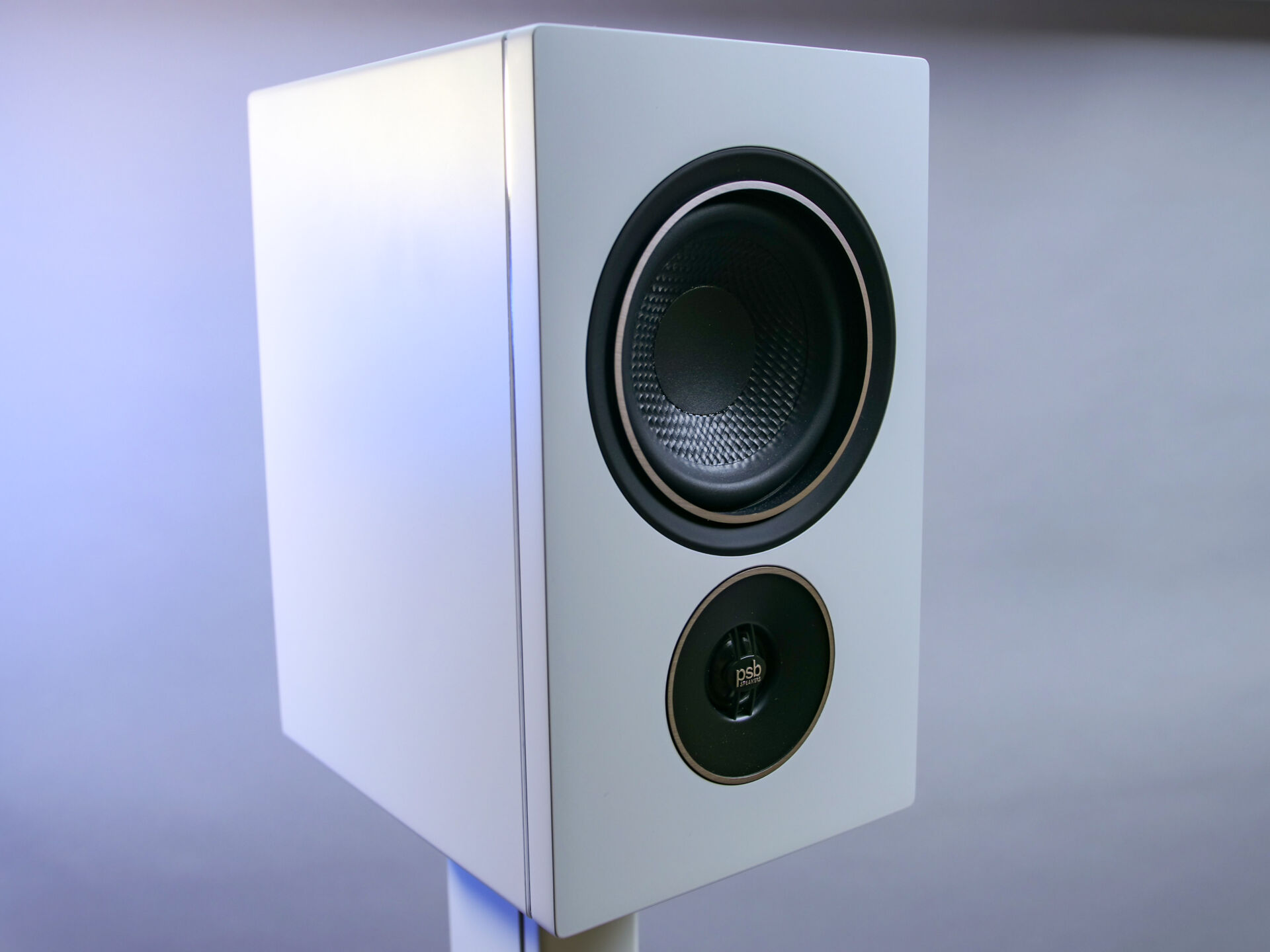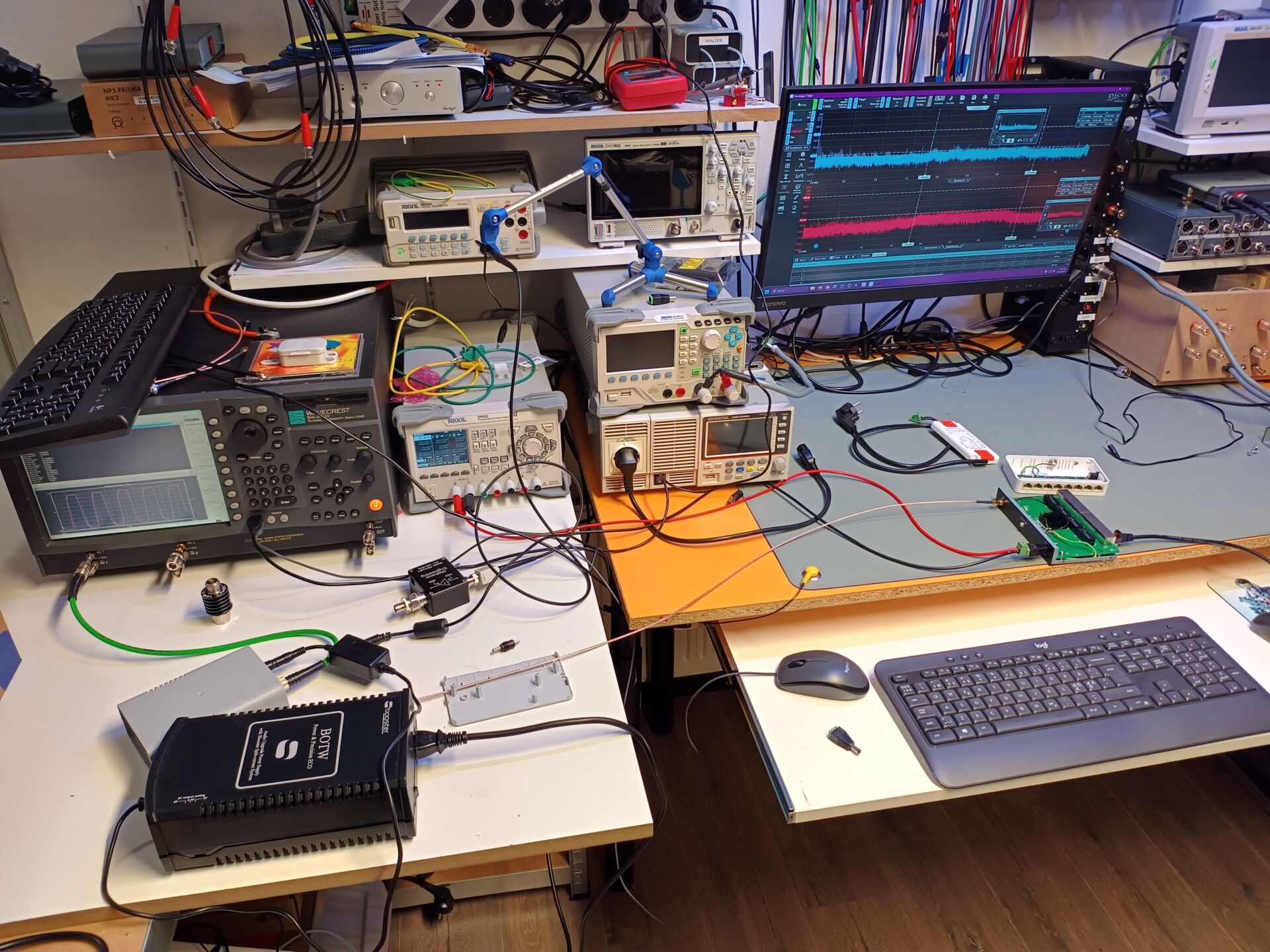

One of the great things about a hobby is improving a product, set-up or overall solution. Tweaking is what we call it. In the case of audio, it’s usually about coupling or decoupling speakers, reducing reverberation in the listening room or perhaps adjusting the power supply. In this short video we look at a few free and / or widely used and effective tweaks.
Acoustics is and remains an underrated child in the audio hobby. And that’s a shame, because it is at least half of the reproduction. With that in mind, it is very wise to get the basics right: reverb and initial reflections.
Reverberation is very annoying. It creates a huge amount of distraction and ultimately “smears” the reproduction. And we don’t want that. We also want to deal with the first reflections. We are talking about the first objects where the sound left, right, above and below, bouces against. These are easy to find with a mirror.
If you are sitting on the couch and you are sitting through the mirror the speakers, that is a first reflection point. Absorbing or scattering at these points will prevent the reflections from interfering with the direct playback. Treating the room can be done with curtains, a rug or for example photos on acoustic canvas. A decent sofa also works wonders. And a bookcase is often a perfect diffuser.
By addressing these basic issues, you drastically improve the overall sound in many cases. And often the living room or listening room becomes a little cozier as well! Two things that always influence the sound in a bad way: a coffee table between you and the system. And a TV between the speakers. These are huge reflective objects that affect the stereo image.
Check the video about tweaks (with English subs)
Cleaning the plugs
Cleaning is also important within the hi-fi hobby. A clean set looks a little nicer anyway. And we all want that, don’t we? But maintenance of the connectors is not something many enthusiasts think about. Copper oxidizes. And in some cases dirt finds its way between the contact surfaces. And that makes for poorer signal transmission. And that… makes for a less-than-perfect reproduction.
By cleaning all connectors once a year, you prevent the reproduction from deteriorating. This often happens so gradually that you do not notice it. But after the cleaning… everything sounds fresh and fruity again. This can also be psychological … but that does not matter right? By the way, it is not advisable to tie all the cables nice and tight together. That may look nice, but it really sounds less good. Especially mains and signal cables are best kept away from each other.
Disconnecting / coupling
With audio we are talking about vibrations. A loudspeaker in particular converts electrical energy into pressure differences. This has to be done as precisely as possible. So it’s not very surprising that if we don’t place a speaker correctly, it won’t sound right.
In many cases, speakers come with either gel-like caps that can be screwed under them, or spikes. Some manufacturers supply very fancy spikes. But here too are tweaks that really do something. There are, however, two ‘sides’: the enthusiasts who want to couple and the group that goes for decoupling. What works better, we leave to you.
However, know that spikes couple: the energy goes through the tiny point into the ground. Decoupling is done with springs or special plastics and rubbers. A well-known manufacturer of these kinds of products is Isoacoustics. And the more expensive variants: Townshend. That it works is beyond dispute.
Putting into phase (energy)
HiFi and Audio is all about converting source material into pressure differentials. This is done with energy. Energy is and always will be the basis of any hi-fi system. With that in mind, it’s incredibly important to connect everything neatly and make sure everything is as clean as possible.
And that starts with putting everything in phase: so the neutral and plus are equal. This ‘phasing’ of all plugs is done easily with a polarity checker. Or just by opening up the device and checking where the phase is. Put a sticker on the device so you always know. By the way, a polarity checker does not work with a switching power supply. It always gives the same value.
Rule of thirds / fifths
The placement of speakers is hard. Especially in rooms that are not quite top acoustically. However, there are some rules of thumb that can help.
One is the rule of thirds. By placing speakers at 1/3 of the length of the room and sitting at 2/3 you minimize standing waves. Now this will not always be possible because of practical reasons. A variant that we ourselves sometimes use is the rule of fifths. We place the speakers on 1/5th and sit ourselves on 3/5th. That has a similar effect. If that does not work there are other tricks that can work. We work these out in a separate video about speaker placement.
Turn off unnecessary things
As previously reported, a hi-fi system is a kind of modulator of electrical energy. Therefore, it certainly pays to turn off unnecessary electrical devices. This way you minimize noise on the mains. You can think of adapters, PCs, LED lamps (huge polluters) and, for example, laptops that are still connected to the adapter and also give off fan-noise.
Clean up!
Then for mental peace: clean up! Clean up the room, dust off the system, and put all the CDs neatly in the closet for a change. By tidying up the room, you bring calmness. And when you are calm, your head is also calmer so music simply sounds better.
Rounding
There are always more tweaks. Too many to mention. We have covered some basic tweaks that we know work. And these are also tweaks that we actively apply ourselves. Do you have more ideas? Let them be known in the comments!








Another way to think about “Turn off unnecessary things” is “Isolate clean audio electricity” -not just AC but network signals, too. I am convinced that those electrons are the life blood of everything we hear, which can vary greatly depending on their path from circuit breaker box to the transducers moving air.
Once you give your hifi a dedicated power circuit with quality outlets and cords, implement proper grounding and replace all noisy SMPS wall warts, consider a separate audio network that suppresses superfluous activity and uses galvanic isolation to minimize distortion. Now you can get a handle on the destructive interference affecting your components and interconnects, including RF/EMI.
Some of my current solutions are absorptive sheets from 3M, passive filters by Network Acoustics and a Singxer DDC just before my active speakers with crazy-good Farad dc power and umbilical.